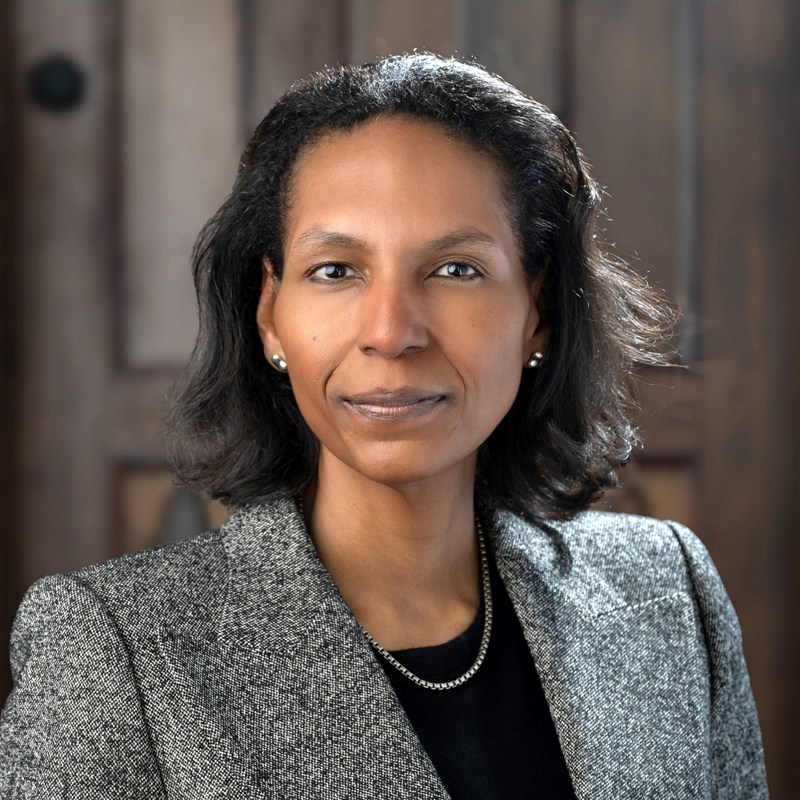
Paul Mellon Lectures 2025: Courtney J. Martin
Modern, minimal, practical, and social: the art of Rasheed Araeen
- Past - Friday, 17 October 2025
- Past - Monday, 20 October 2025
- Friday, 12 December 2025
- Monday, 15 December 2025
Tickets
| Standard: | £10 |
| Concessions: | £5 |
Please book a ticket to attend this event.
This talk will take place in the Pigott Theatre which is located at Level -1 of the Sainsbury Wing.
Please view our General Admissions page for more information.
Concessions are for full-time students, jobseekers, and disabled adults.
About
Named in honour of the philanthropist and collector of British art, Paul Mellon (1907–99) and inaugurated at the National Gallery in 1994, these biennial lectures are given by a distinguished historian of British art.
For this series, we are delighted to welcome Courtney J. Martin, the Executive Director of the Robert Rauschenberg Foundation, whose four lectures span the six-decade career of Rasheed Araeen, the Pakistani-born, London-based artist, writer, and educator, who throughout has been at the vanguard of art and activism in the UK.
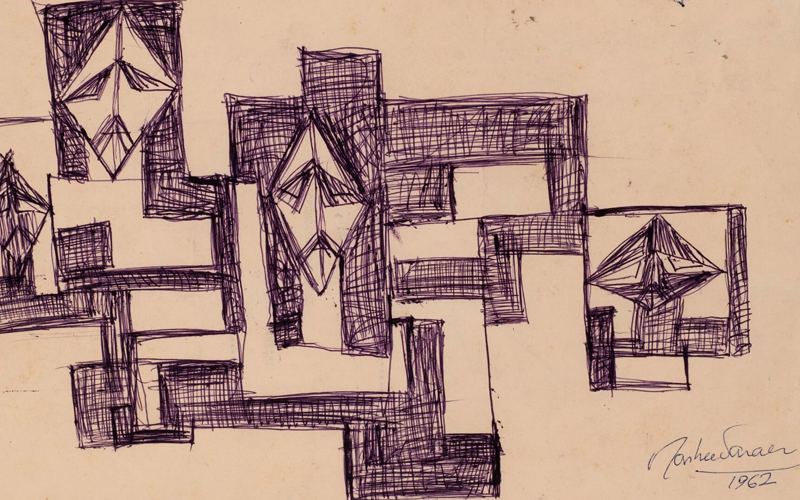
Rasheed Araeen: 'What Is Black Art?'
Opening the series, this lecture offers an overview of Araeen’s practice from the early 1960s to the present to frame his key artworks, concepts and terms.
Dr Indie A. Choudhury, Lecturer in Modern and Contemporary Art, The Courtauld Institute of Art, London, will act as discussant.
This first lecture is followed by a drinks reception.
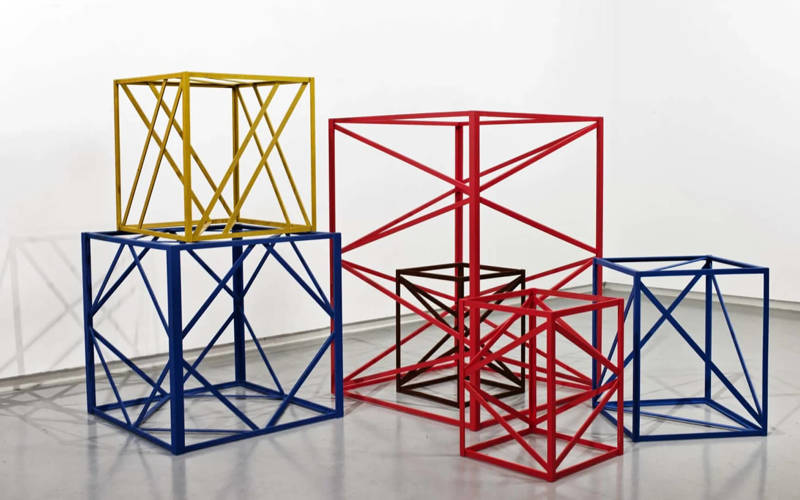
'Structure, not sculpture': Rasheed Araeen 1964–75
Central to Araeen’s mid-career and later work were his early sculptures, which he defined as 'structures'. Alongside an otherwise minimalist practice, Araeen began to write about his objects, shifting his definition of them as sculpture into the more sociocultural designation of structure. Structures relied on viewer engagement and invited interaction with other objects, viewers and each other, changing the economy of space within the exhibition. These structures showed the signature of Araeen’s interest in low technology, ephemerality, roughness and an overall surface crudeness taking shape.
Jo Applin, Walter H. Annenberg Professor of the History of Art, The Courtauld Institute of Art, London, will act as discussant.
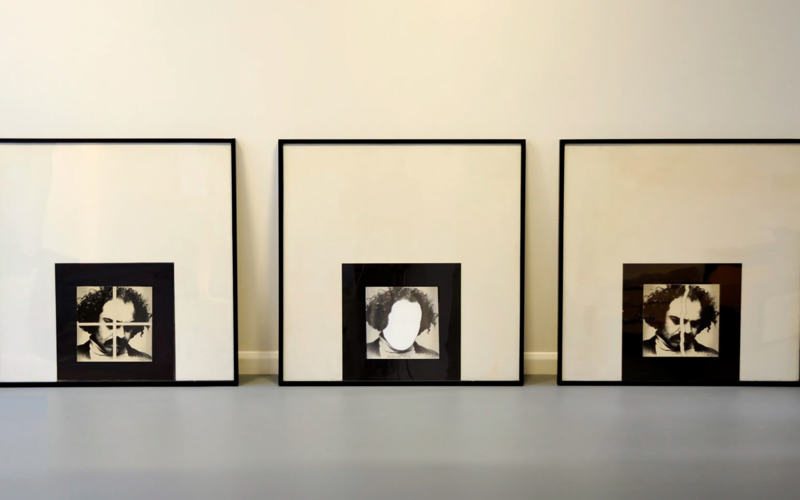
'Art & Black Consciousness vs. Form, Functioning and Future': Wolverhampton 1982
In the autumn of 1982, Araeen was invited by the Wolverhampton Young Black Artists’ (WYBA) to the First National Black Art Convention to discuss the Form, Functioning and Future of Black Art. By the early 1980s, Araeen’s public discussions of Black art in London cast him as its founding practitioner. In that moment, his role in shaping the discourse of Black art was aided by younger artists of African, Asian and Caribbean descent. These artists realised Araeen’s conception of an avant-garde art that was both politically driven in content and materially distressed.
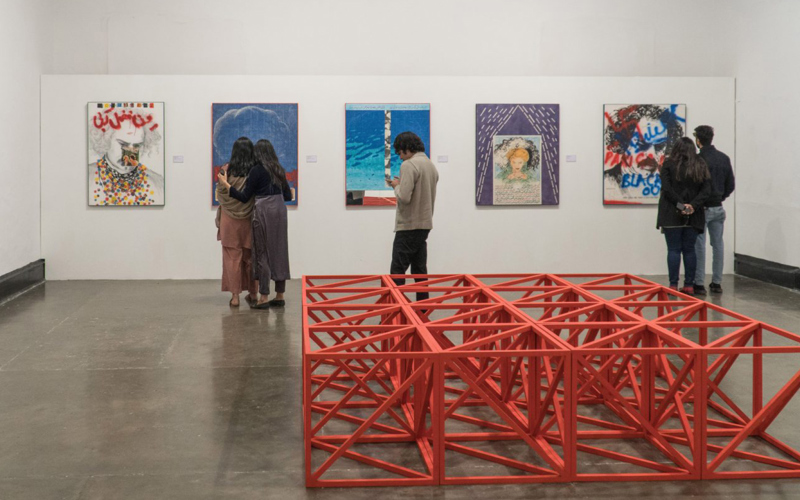
'The Other Story' and after
By the 1980s, Araeen’s editorial and curatorial endeavours culminated in 'The Other Story: Afro-Asian Artists in Post-war Britain'. Curated by Araeen at the Hayward Gallery in London, 'The Other Story' served as a compendium of the work of Black artists in the previous decade toward recognition in the British and art publics, such as the abstract painter Frank Bowling. Bowling’s inclusion in the exhibition and Anish Kapoor’s refusal to be a part of it shaped a discourse around what abstract art had come to mean in Britain by the end of the 1980s.
Karen Alexander, independent film and moving image curator, writer and researcher, will act as discussant.
Rasheed Araeen
Born in Karachi, Pakistan in 1935, Rasheed Araeen trained as a civil engineer before moving to London and becoming an artist in the early 1960s. By the 1970s he constructed a definition of Black art as a politicised art practice for himself and for others in Britain. What will emerge from these lectures is an excavation of how Araeen’s early minimalist sculptures were retooled into a conceptual practice of installation art and performance that he saw as a political response to Britain’s imperialism.
Alongside the transition in his studio practice, Araeen moved away from being an artist to become a curator and a critic, producing some of the earliest exhibitions of Black art in Britain and challenging a younger generation of non-white artists to join him in this endeavour. By the 21st century Araeen’s practice turned over again into a public art practice based on participation and social engagement. While seemingly a change in direction, his work of the last decade was a return to his earliest interests in socially engaged participation.
Courtney J. Martin
Courtney J. Martin became the Executive Director of the Robert Rauschenberg Foundation in 2024. Previously she was the Paul Mellon Director of the Yale Center for British Art. An art historian, curator and professor, Courtney began working with the New York-based Dia Art Foundation in 2015 and was appointed Deputy Director and Chief Curator in 2017. She previously taught at Brown University and worked at the Ford Foundation. She earned a PhD in art history from Yale University. She is on the Board of Directors of the Henry Moore Foundation, The Chinati Foundation and the Center for Curatorial Leadership.
